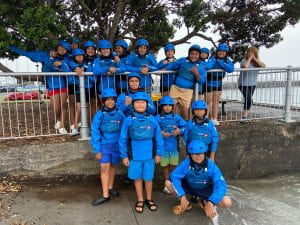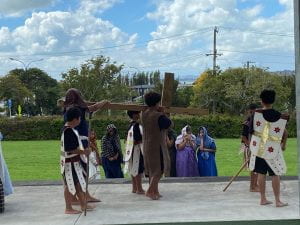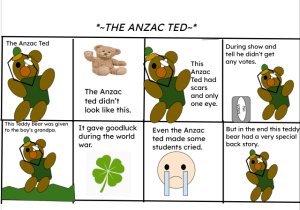On March the 12th, my class got an amazing opportunity to go sailing at the Akarana Yacht Club in Okahu Bay sponsored by St John’s Rotary.
Arriving at the Akarana Yacht club, a really kind lady greeted us and introduced herself to us. Her name was Kim and she taught us all the basic things about sailing , also explaining the clothing and footwear we need to be wearing to be safe on the water.
The Other instructors were called Hattie, Lola, Jake and Nico and they helped us put on our rash shirts, life jackets, helmets and this waterproof jacket, but before we head over they put our equipment on one. Instructor Jake assigned us to 3 different groups and each group had 5-6 people.
It was a bit cloudy but for sailing it was the perfect weather, where the sun wasn’t too bright and the wind current was not that strong.
Our first boat we rode was a boat called the Optimist which is a big green boat with two benches on the side. Since we had 5 members on our team, 2 boys and 3 girls, the boys went on another optimist with instructor Nico while we went with instructor Lola.
We had no idea there were water blasters on the boat waiting to be used until one of my classmates pulled it out. We were so thrilled we had them so we can shoot the rest of our team with water.
Our next boat was called a quest which is a bit smaller than the Optimist but was the colour red. It was harder to use than the Optimist because it only had 1 sail when the Optimist had 2.
A bit later we had finished all our on the sea activities and it was time to do the classroom activity while the other groups went on the sea.
The classroom activity was so entertaining. We learned how to tie two different knots called a “figure eight knot” and the other one called a “reef knot” which was more simple.
At the end of the day we were lucky enough to go swimming for 10 minutes while being able to jump in the water. The part I struggled with was getting out of the water but it was worth going in the water.
I just wanted to say thank you to Akarana Yacht Club, New Navigators for letting us have this opportunity to be on the water and teaching us different things and how to be safe on the water.





